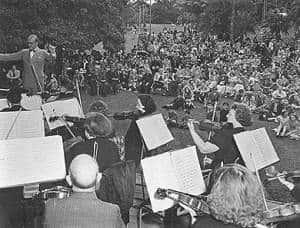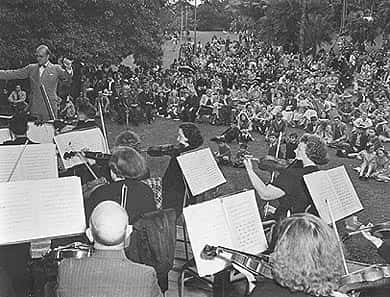
Name: Brisbane Normal School
Time: 1860 - Closed
Epoch: Late 19th Century
Category: State Normal School
Institution Category: Education
Institution Group: Primary
Coordinates: -27.4675755, 153.0261886
Street Address: Corner of Edward and Adelaide Street, Brisbane City
Suburb: Brisbane City (CBD)
Sector: State
Local Study Area: Spring Hill-CBD-Fortitude Valley-New Farm (Inner City)
Study Stage: MBNH Stage 9 Local Study Areas
The Brisbane Normal School was established as the National School in April 1860, a co-educational group of 50 boys and 8 girls. The new building, however, was not opened until 1862 in the grounds of the Brisbane Boys and Brisbane Girls Primary School. The idea of a ‘Normal School’ was as a state-run model for the instruction of teachers and establishing new standards of education. Although Queensland education was influenced by the earlier establishment of National and Normal school system primary education was shaped by the Department of Public Instruction under the Education Act of 1875, whereby:
Primary education for children aged from 6 to 12 was to be compulsory.(This provision was not fully implemented until 1900.)
Education was to be secular, i.e. under the control of the State. (Inconformity with this policy, all assistance to non-vested schools was withdrawn in 1880. This provision occasioned considerable ill-feeling among Roman Catholics and some Anglicans.)
Primary education was to be free.
A Department of Public Instruction was established to administer the Act.
The colonial curriculum drew on reading, writing, and arithmetic (the ‘3Rs), with object lessons (‘show and tell’ lessons), drill and gymnastics, and vocal music were supposed to be taught, but in practice these relatively new subjects were often ignored or poorly taught. Geography, needlework, grammar, history and mechanics were also included in the curriculum at various levels. While some of these subjects were included for their practical usefulness, the main criterion for inclusion of subjects in the curriculum was not their practical value, but their value in disciplining (‘sharpening’) mental faculties such as ‘memory’ and ‘reasoning’.
By 1905, when important syllabus changes were made, the value of subjects was increasingly assessed in terms of their everyday usefulness, and ‘learning by doing’ was stressed. The child rather than the teacher, was becoming the centre of the learning process, at least in theory. These changes in the philosophy of education, combined with attempts to mould the content and methods of teaching to the peculiar geographic conditions of Queensland, were major influences on education for the next six decades.
Geographic Description 1: Inside The Green Belt
Geographic Description 2: Brisbane River
Geographic Description 3: Flood Plains (Major); High River Banks (still floods); Ridgeline (Slopes off Wickham Tce)
Cohen, Kay. with Val Donovan, Ruth Kerr, Margaret Kowald, Lyndsay Smith, and Jean Stewart. Lost Brisbane and Surrounding Areas 1860-1960. Volume 1. RHSQ. 2014. pages 82, 84-85; Entry extracted from Queensland Department of Education document, Primary Education, undated.
Brisbane Normal School, Corner of Edward and Adelaide Street, Brisbane City, 1862. Lost Brisbane. Volume 1. RHSQ. 2014. pages 82, 84-85
